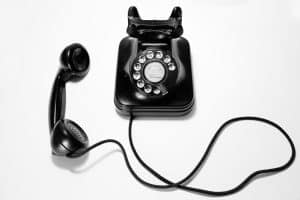 Electrical problems are sometimes difficult to avoid in a home and they can be caused by a lot of factors. For example, some electrical components may develop a certain fault, some parts may get old, or be installed incorrectly in the first place. Home accidents can also cause electrical problems. It goes on and on.
Electrical problems are sometimes difficult to avoid in a home and they can be caused by a lot of factors. For example, some electrical components may develop a certain fault, some parts may get old, or be installed incorrectly in the first place. Home accidents can also cause electrical problems. It goes on and on.
When an electrical problem occurs, homeowners are often advised to reach out to an electrician. If you are usually worried that hiring an electrician will attract a significant cost, then it’s good to know that you might just get the service you need for free with over the phone help.
The numbers say that about 25% of service calls can be avoided with over the phone assistance. Many common home electrical problems are easy to solve without the experts coming all the way to your home.
These electrical problems can be on your wiring, repairs, installations, and so on. Whatever it is, it might just be solved with a free electrical over the phone help.
At the Electric Connection, our in-office electrician is available during call hours to attend to your over the phone needs. Our in-office electrician has years of practical experience, is licensed and qualified to answer any questions and provide the complete assistance you need.
We take troubleshooting seriously and offer you the best help.
Aside from the free electrical over the phone help, we also have a ton of resources and electrical tips you would find useful. Just look around for more blog articles like this and you might find the information you need.
If our in-office electrical observes that your electrical issue might need a service call, you would be informed as well. We assure you of the best customer service, professional and excellent service with your electrical issue, and pocket-friendly prices.





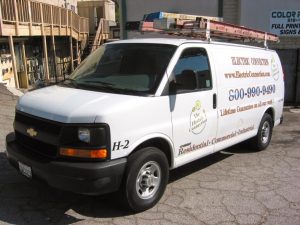 Finding a local electrician can prove daunting if you don’t know how or where to look. A local electrician is an electrician you can easily find in your area, state, or region. Several electricians have a wide service area that allows them to serve many areas at once as local technicians.
Finding a local electrician can prove daunting if you don’t know how or where to look. A local electrician is an electrician you can easily find in your area, state, or region. Several electricians have a wide service area that allows them to serve many areas at once as local technicians. 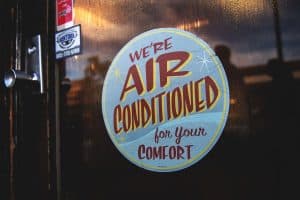 When you are not up for the huge investment on a central AC, a window AC may be your next best option. A window AC is typically installed at the window but unlike a central AC, they only service the rooms they are installed in. Only a central AC can cool all or many rooms at once. Read on as we explore what a window AC could mean for your energy bills.
When you are not up for the huge investment on a central AC, a window AC may be your next best option. A window AC is typically installed at the window but unlike a central AC, they only service the rooms they are installed in. Only a central AC can cool all or many rooms at once. Read on as we explore what a window AC could mean for your energy bills.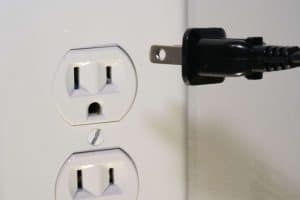 When one or more outlets in the home suddenly stop working it’s easy to assume the worst. Before you panic, it’s good to know that there are some things you can try to solve the problem. However, when these don’t work, be sure to call in the pros.
When one or more outlets in the home suddenly stop working it’s easy to assume the worst. Before you panic, it’s good to know that there are some things you can try to solve the problem. However, when these don’t work, be sure to call in the pros. 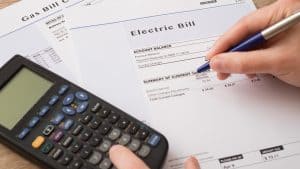 The crazy amounts of money most families spend on their monthly electric bills is a problem most households are wondering how to counter. From air conditioners to water heaters almost every equipment in our homes today use electricity. Because of this, the secret to making your electric bills affordable is through ensuring the appliances in your home are not overusing the power.
The crazy amounts of money most families spend on their monthly electric bills is a problem most households are wondering how to counter. From air conditioners to water heaters almost every equipment in our homes today use electricity. Because of this, the secret to making your electric bills affordable is through ensuring the appliances in your home are not overusing the power. Home appliances are necessary for comfort and efficiency. They literally make life easier for everyone. The only problem is that they all demand electricity to run and some use up much more power than others. Hence, while you enjoy the convenience of warm water or cool air regularly, your electric bills keep rising higher.
Home appliances are necessary for comfort and efficiency. They literally make life easier for everyone. The only problem is that they all demand electricity to run and some use up much more power than others. Hence, while you enjoy the convenience of warm water or cool air regularly, your electric bills keep rising higher.  Electricity has come to mean a lot to the world, but while it has proven so vital, electricity is also dangerous. To protect human lives and property from the dangers associated with using electricity, experienced electricians always ensure they ground your electrical system.
Electricity has come to mean a lot to the world, but while it has proven so vital, electricity is also dangerous. To protect human lives and property from the dangers associated with using electricity, experienced electricians always ensure they ground your electrical system. Electrical hums and buzzes are quite common in the home. The annoying thing about these sounds is that they can be hard to locate and most times they indicate more serious electrical problems.
Electrical hums and buzzes are quite common in the home. The annoying thing about these sounds is that they can be hard to locate and most times they indicate more serious electrical problems.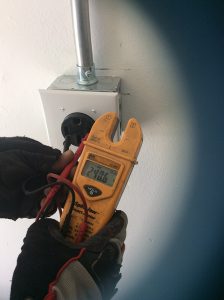 240V circuits often serve heavy-duty appliances in the home like the dryer, AC, ovens, and water heater. When there is a problem with the circuit or electrical outlet, it becomes dangerous to use them. As a homeowner, a few basic tricks can help you assess your electrical components in the home and make informed decisions about them.
240V circuits often serve heavy-duty appliances in the home like the dryer, AC, ovens, and water heater. When there is a problem with the circuit or electrical outlet, it becomes dangerous to use them. As a homeowner, a few basic tricks can help you assess your electrical components in the home and make informed decisions about them.